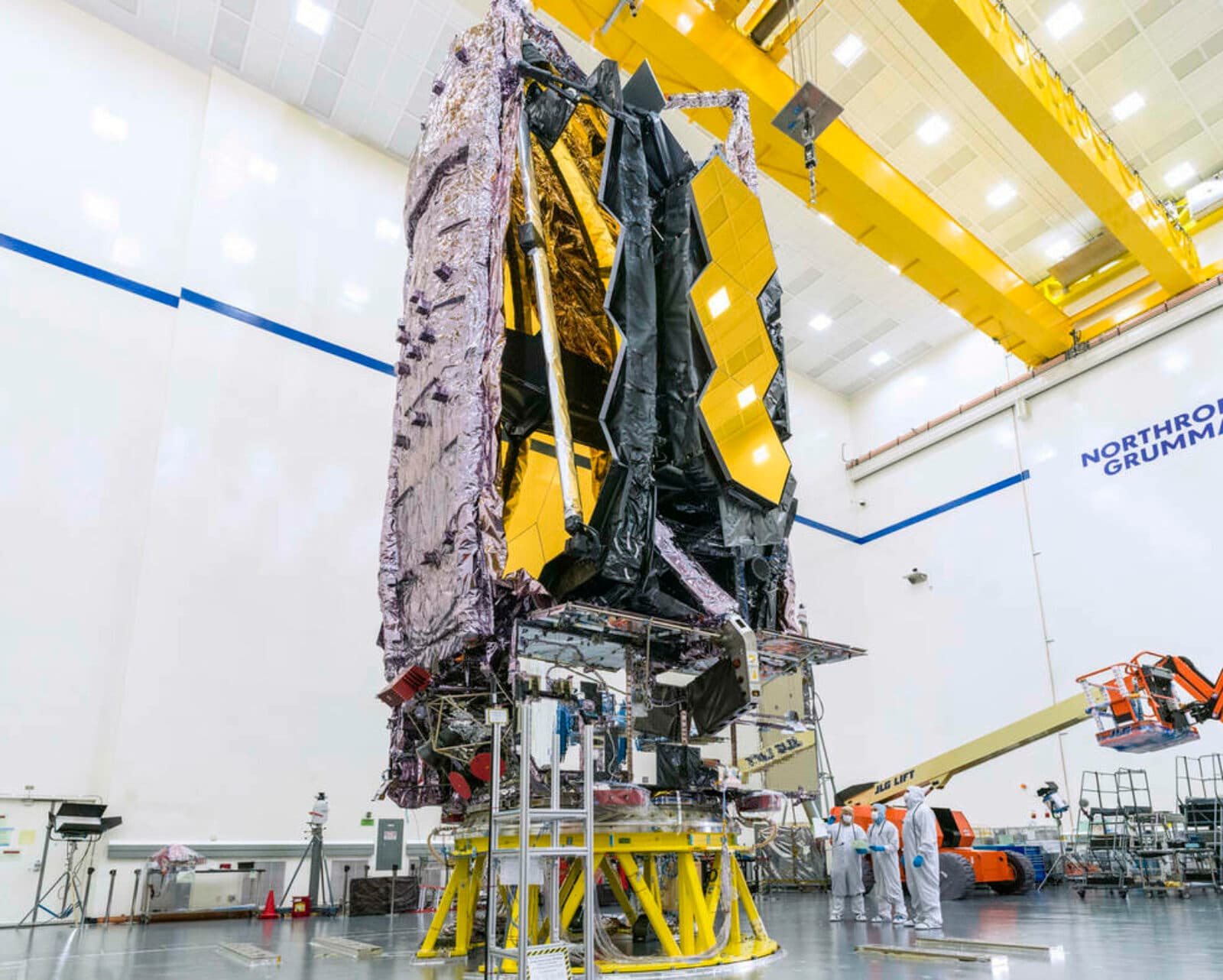Sensing the Air of an Utterly Alien World
by Adam Hadhazy
Part 5 of our 'Looking Ahead to JWST' series profiles a program to study the puzzling atmosphere of an intriguing exoplanet unlike any world in our Solar System

The Author
The Researcher
The next era of deep space science will begin with the launch of JWST come late 2021. Debuting a suite of new technologies to keep its instruments super-chilled, JWST will take pristine, high-resolution observations of faint infrared light, enabling novel astrophysical investigations and a farther look back than ever before into the early universe.
Earlier this year, NASA announced the telescope's first year of slated observations—dubbed Cycle 1—based on proposals submitted by researchers worldwide. Several Kavli Institute-affiliated researchers are principal or co-principal investigators for approved Cycle 1 observation programs. This article is the fifth in a series profiling these greenlit JWST observer programs.

Our solar system offers a rich array of planets. From small rocky worlds like Earth and Mars, to the frigid, gassy middleweights of Uranus and Neptune, on up to the gaseous giants of Jupiter and Saturn, it seems like we have it all. Yet quite evidently, we don't, as exoplanets science the last 25 years has taught us. For instance, something we lack entirely in our little planetary neighborhood is anything between the size and mass of Earth and the Uranus-Neptune class; those worlds are about four times the diameter of Earth and 15-17 times its mass. Our galaxy appears chock-a-block of worlds filling that gap, and nicknamed super-Earths and mini-Neptunes, depending on where they weigh in.
All of which explains the intrigue of the world designated K2-18b. Located quite close at just 110 light-years away, K2-18b is 2.6 times larger than Earth and nine times more massive. Scientists are pretty sure it falls into that mini- or sub-Neptune category, boasting a large gassy atmosphere over a big, firmer core. Increasing the intrigue, the world is quite cool, orbiting in a temperate band around its dim red star known as the habitable zone. And while life as would conventionally think of it is a long shot on the decidedly unearthly K2-18b, it's also not an impossibility.
A JWST-enabled observational program is now set to delve deep into K2-18b, starting with the unpacking of a key mystery regarding its atmosphere. "The goal of our program is to determine the atmospheric chemical composition of one of the coolest exoplanets known," says program principal investigator Nikku Madhusudhan, a Reader in Astrophysics and Exoplanetary Science at the Institute of Astronomy at the University of Cambridge and a member of the Kavli Institute for Cosmology, Cambridge.
Sorting out the atmospheric composition should resolve the "missing methane problem." Observations to date have shown that K2-18b's atmosphere is loaded with hydrogen, like Uranus and Neptune. The gas methane is also expected to be abundant, as seen in our solar system's giant planets. So far, though, researchers can't find a trace at K2-18b, nor at exoplanets similar to it. Another gas, ammonia, likewise expected, has also failed to show.
The non-detection of methane and ammonia could stem from a process that's keeping the atmosphere from settling down into a chemical equilibrium, Madhusudhan explains. The most likely culprit is starlight from K2-18b's host star, which could constantly be breaking apart the molecules when they form.
Whatever the source, researchers are keen to understand this particular instance of chemical non-equilibrium, because it could shed light on a number of other such puzzles that are emerging in the fledging field of studying exoplanets' atmospheres
"K2-18b being one of the coolest hydrogen-rich atmospheres provides a unique opportunity to solve this problem using detailed observations with JWST," says Madhusudhan. "JWST provides the best observational capability in a generation to solve this problem."
The strongest data to date have been gathered by the Hubble Space Telescope, which launched all the way back in 1990, the year when MC Hammer and Vanilla Ice ruled the music charts. Hubble's most suitable instrument for the atmospheric characterization task can only gather light wavelengths out to 1.7 microns, or millionths of a meter, making detection of many kinds of molecules difficult or impossible. JWST's range, out to 10 microns, should thankfully allow Madhusudhan and colleagues to detect multiple signatures of methane, ammonia, and other important molecules in K2-18b's atmosphere.
Characterizing exoplanet atmospheres is not just of interest for planetary physics, of course; it's also paramount in the search for alien life. Madhusudhan is well-aware of this aspect of the K2-18b-directed program.
"The most exciting aspect of these observations, besides solving the longstanding missing methane problem, is that they will provide the first detailed insights into the atmospheric composition of a habitable-zone exoplanet," says Madhusudhan.
While not hugely likely, K2-18b could potentially host a liquid water ocean under its thick atmosphere—nearly a must for habitability, at least we know it. "It is possible that the atmospheric composition may tell us something about the surface conditions of the planet, which will be a major advancement in the field," says Madhusudhan.
As in so many other fields of astrophysics, JWST should indeed be a gamechanger in the search for livable worlds.
"JWST will revolutionize our understanding of exoplanetary science through unprecedented remote sensing of exoplanetary atmospheres," says Madhusudhan. "It will provide a new exquisite window into the atmospheric processes, chemical compositions, and possible surface conditions of diverse exoplanets."
The wait for JWST, then, has been well worth it, Madhusudhan and many of his colleagues would argue. He just has to wait a bit more to see what the telescope turns up at K2-18b.
"We are very excited," says Madhusudhan, "about witnessing this once-in-a-generation paradigm shift unfold and about getting to wield the exceptional power of JWST to answer a major question in the field."